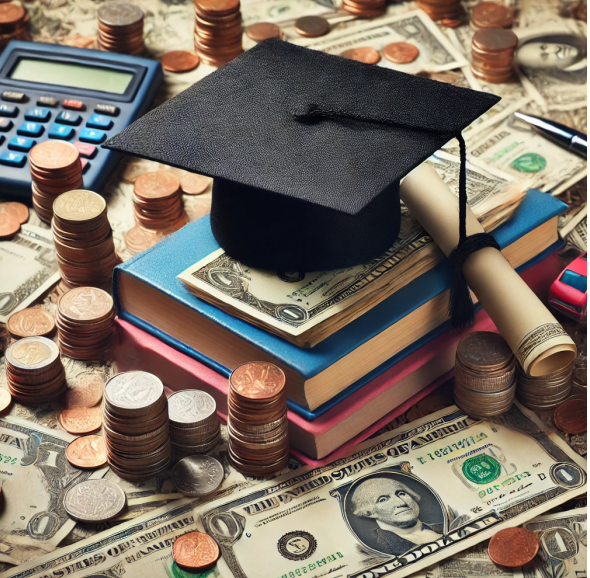Understanding the Financial Impact of Student Loan Forgiveness Programs
Student loan debt in the United States has ballooned to a staggering $1.7 trillion, burdening over 45 million borrowers. As policymakers debate forgiveness programs—from partial relief to full cancellation—the financial implications for individuals, the economy, and the broader system remain hotly contested. This article breaks down how these programs could reshape household budgets, stimulate (or strain) economic growth, and influence future generations’ relationship with higher education. Whether you’re a borrower, investor, or simply a curious taxpayer, understanding these ripple effects is critical to navigating the evolving financial landscape.

1. The Student Debt Crisis: A Foundation for Forgiveness
Student loan debt isn’t just a personal struggle—it’s a systemic issue. The average borrower owes $30,000, but millions carry balances exceeding $100,000, particularly those with graduate degrees. This debt disproportionately affects marginalized communities: Black graduates owe $25,000 more on average than their white peers.
Forgiveness proposals aim to address this inequity. For example, the Biden administration’s $10,000–$20,000 relief plan targeted low- and middle-income households, but legal challenges paused its rollout. Critics argue blanket forgiveness ignores root causes like rising tuition costs, while advocates see it as a necessary step toward economic justice.
2. Immediate Economic Effects: Stimulus or Strain?
Consumer Spending and Debt Relief
Eliminating student debt could unlock $200–300 billion in annual disposable income, according to the Federal Reserve. For a 35-year-old with $30,000 in forgiven loans, this might mean an extra $300/month—funds redirected to homeownership, entrepreneurship, or retirement savings. Post-forgiveness, industries like real estate and small businesses could see surges in demand.
Inflation and Taxpayer Costs
However, critics warn of inflationary risks. Injecting billions into the economy without corresponding production could drive up prices. Additionally, forgiveness shifts the debt burden to taxpayers. The Penn Wharton Budget Model estimates Biden’s plan would cost $300–600 billion, potentially widening the deficit or requiring tax hikes.

State-Level Variations
Some states tax forgiven student loans as income. For example, borrowers in Mississippi or Indiana might face unexpected tax bills, while others like California waive this liability. This patchwork creates complexity for cross-state financial planning.
3. Long-Term Implications: Rewriting the Rules of Finance
Generational Wealth and Equity
Student debt exacerbates wealth gaps. Forgiving loans could help Black and Latino families—who hold less than 10% of the nation’s wealth—build equity faster. A 2023 Brookings study found cancellation could reduce the racial wealth gap by up to 20%, enabling marginalized groups to invest in homes or education for their children.
Higher Education’s Future
Forgiveness without structural reform risks perpetuating the cycle. Colleges might raise tuition further if they believe the government will absorb costs. Solutions like tuition-free community college or expanded Pell Grants could prevent future debt crises.
Investor Opportunities
Savvy investors should watch sectors poised to benefit from increased consumer spending. Mortgage lenders, sustainable energy companies, and healthcare providers might see growth as borrowers reallocate funds. Conversely, student loan servicers like Navient could face revenue declines.

Conclusion: Navigating a New Financial Era
Student loan forgiveness is more than a political debate—it’s a potential economic turning point. While immediate relief would empower millions, long-term success hinges on addressing tuition inflation and promoting equitable access to education. For individuals, staying informed about tax implications and repayment options is key. For policymakers, balancing compassion with fiscal responsibility remains the ultimate challenge.
As the conversation evolves, one truth endures: financial freedom begins with knowledge. Whether through refinancing, strategic investing, or advocating for systemic change, borrowers and taxpayers alike must prepare for a future where education and economic mobility are redefined.
(Writer:Tommy)





